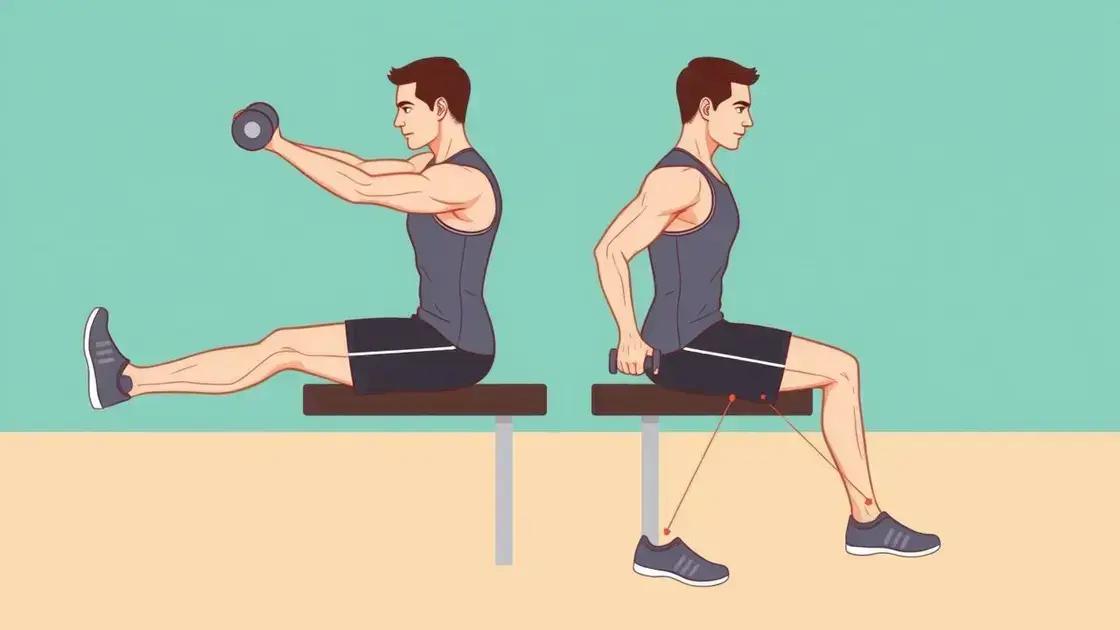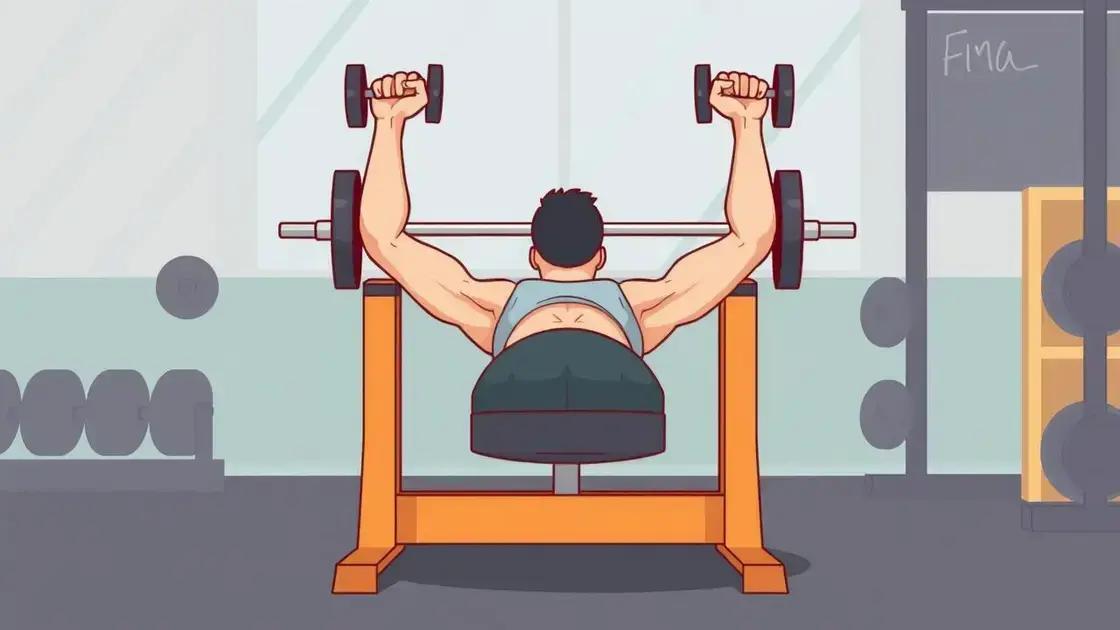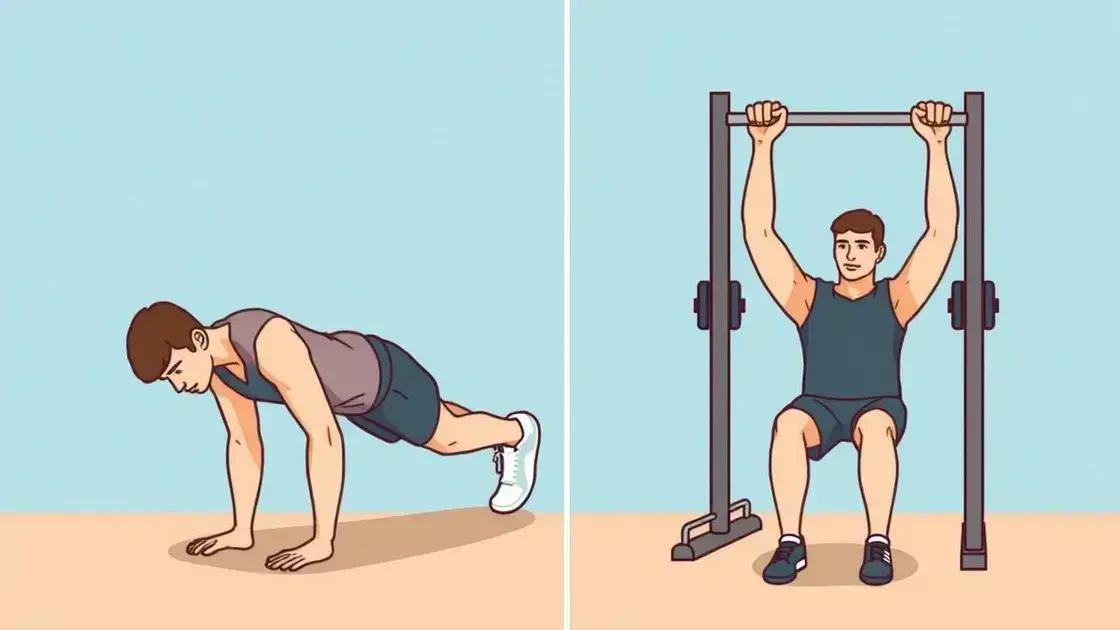Integrating pushing and pulling movements into your training routine is essential for achieving muscle balance, enhancing strength, and improving overall fitness. Incorporate these exercises at least two to three times a week, using supersets for effective workouts, to build strength, correct muscle imbalances, and promote functional fitness.
Achieving muscle balance is essential for optimal performance and injury prevention. Using pushing and pulling movements effectively can enhance strength and stability for a well-rounded fitness routine. In this article, we will delve into the understanding of muscle balance, explore the benefits of both pushing and pulling movements, and provide tips on how to integrate these techniques into your workouts for maximum effectiveness.
Understanding Muscle Balance

Muscle balance refers to the equilibrium between the opposing muscle groups in the body. Achieving this balance is essential for effective movement, injury prevention, and overall health. When one muscle group is stronger or more developed than its counterpart, it can lead to posture issues, joint problems, and even chronic pain.
A common example is the balance between the chest and back muscles. If the chest muscles, such as the pectorals, are significantly stronger than the muscles of the back, like the rhomboids and traps, it can create a forward tilt in the shoulders, leading to poor posture. This imbalance can result in discomfort and increased risk of injuries.
Why Understanding Muscle Balance Matters
Understanding muscle balance becomes crucial when designing workout programs. A balanced approach, incorporating both pushing (like bench presses) and pulling (like rows) movements, ensures all muscle groups are equally developed. This not only enhances aesthetics but also improves functional performance in daily activities and sports.
Furthermore, muscle balance plays a critical role in core stability. The core muscles help support your spine and pelvis during movement. Strengthening both the anterior (front) and posterior (back) core muscles prevents injury and promotes better lifting techniques.
How to Assess Muscle Balance
To analyze your muscle balance, consider several key factors:
- Strength Tests: Engage in strength tests for opposing muscle groups. For instance, compare push-up performance against pull-up ability.
- Range of Motion: Monitor flexibility and range of motion in opposing muscles. Assess how well you move in pushing versus pulling movements.
- Postural Assessment: Evaluate your posture in a standing or seated position. Notice any asymmetries in shoulder height or spinal alignment.
Addressing muscle imbalances can enhance your performance and significantly reduce the risk of injuries. Focusing on a comprehensive workout plan that includes both pushing and pulling movements is the best strategy for maintaining and improving muscle balance.
Benefits of Pushing Movements

Pushing movements are exercises that engage the muscles when you push weights away from your body. These movements are vital for building upper body strength and increasing overall muscle mass. Common pushing movements include bench presses, push-ups, shoulder presses, and tricep dips.
Enhances Upper Body Strength
One of the primary benefits of pushing movements is their ability to enhance upper body strength. By regularly performing pushing exercises, you can develop stronger chest, shoulder, and tricep muscles. This strength is essential for daily activities such as lifting objects, pushing doors, or performing tasks that require arm use.
Improves Functional Fitness
Pushing exercises mimic movements we perform in everyday life. By improving your pushing strength, you enhance your functional fitness, making it easier to perform various tasks, from sports to household chores. This type of training helps you carry groceries, lift kids, or even play recreational sports without getting fatigued.
Promotes Muscle Growth
Pushing movements are an excellent stimulus for muscle growth. When you push against weights, your muscles undergo stress, which leads to muscle fiber breakdown. As your body repairs these fibers, they become stronger and larger. This process, known as hypertrophy, is essential for bodybuilding and achieving a more toned appearance.
Boosts Core Strength and Stability
While pushing movements primarily target the upper body, they also engage the core. Keeping your core tight during exercises like push-ups or bench presses strengthens this area and improves stability. A strong core is vital for balance in all athletic activities.
Increases Metabolism
Pushing exercises can help increase your metabolism. These movements demand energy and can elevate your heart rate, leading to more calories burned both during and after your workout. This increased metabolic rate aids in weight management and fat loss.
Incorporating various pushing movements into your workout routine can significantly contribute to your overall fitness. By focusing on developing strength, enhancing functional movements, and promoting muscle growth, pushing movements are an essential component of a balanced exercise program.
Benefits of Pulling Movements

Pulling movements involve exercises where you pull weights towards your body. These movements are essential for developing back strength, improving posture, and enhancing overall muscle balance. Common pulling movements include pull-ups, rows, and lat pull-downs.
Builds Back Strength
One significant benefit of pulling movements is their ability to build back strength. By engaging muscles in the upper, middle, and lower back, these exercises improve posture and stability. A strong back helps stabilize your spine, reducing the risk of injuries during other physical activities.
Improves Posture
Poor posture can lead to various health issues, including neck and back pain. Pulling exercises counteract the effects of a sedentary lifestyle that often emphasizes pushing movements. Strengthening the back muscles, especially the rhomboids and traps, helps maintain an upright posture, reducing slouching and promoting spinal alignment.
Enhances Grip Strength
Pulling movements significantly enhance grip strength. Many pulling exercises require a strong hold on weights or bars, which benefits daily activities like lifting objects and carrying items. A stronger grip can also improve performance in other exercises and sports.
Supports Functional Movements
Pulling movements mimic real-life actions, contributing to functional fitness. Activities like pulling open a heavy door or lifting a suitcase require strong pulling muscles. Training these movements enhances your ability to perform daily tasks efficiently and safely.
Promotes Muscle Imbalance Correction
Incorporating pulling movements into your routine is vital for correcting muscle imbalances. When pushing exercises dominate your workout, your back muscles may become weaker. Pulling exercises help restore balance, ensuring that both pushing and pulling muscle groups are equally developed, preventing overuse injuries.
By integrating a variety of pulling movements into your training program, you can build strength, improve posture, and enjoy the many benefits they provide to your overall fitness journey.
Integrating Pushing and Pulling in Training

Integrating both pushing and pulling movements into your training routine is essential for maintaining muscle balance and enhancing overall physical performance. By combining these exercises, you create a more balanced workout that not only builds strength but also promotes functional fitness and reduces the risk of injury.
Designing a Balanced Workout Plan
A well-rounded workout plan should include both pushing and pulling movements in each session. For instance, consider structuring your workouts with supersets, alternating between a pushing exercise and a pulling exercise. An example could be pairing bench presses (pushing) with bent-over rows (pulling). This method keeps your muscles engaged and promotes muscle balance throughout the session.
Example Exercises
While designing your workout, include exercises such as:
- Pushing: Bench Press, Shoulder Press, Push-Ups
- Pulling: Pull-Ups, Rows, Lat Pull-Downs
This balanced approach helps in developing the respective muscle groups effectively while allowing one group to recover as the other works.
Frequency and Recovery
When integrating these movements, consider your training frequency. Aim for at least two to three days a week for both pushing and pulling exercises. Allow adequate recovery between workouts targeting the same muscle groups. This helps in muscle repair and growth, ensuring that both pushing and pulling muscles strengthen equally.
Listening to Your Body
Always pay attention to your body’s signals. If you feel fatigue in a certain muscle group, adjust your workout intensity or take a rest day. Properly listening to your body will help prevent overtraining and injuries.
By effectively integrating pushing and pulling movements, you create a balanced approach to training. This strategy not only promotes overall muscle development but also enhances your functional strength and athletic performance.
In Conclusion: Achieving Muscle Balance Through Effective Training
Understanding how to use pushing and pulling movements is key to achieving muscle balance and overall fitness. Both types of movements play vital roles in building strength, improving posture, and enhancing functional performance in daily activities.
By integrating these exercises into your training routine, you can create a balanced workout that promotes muscle growth and reduces the risk of injury. Remember to incorporate a variety of pushing and pulling exercises, allow for adequate recovery, and listen to your body to maintain peak performance.
Ultimately, achieving muscle balance will not only enhance your physical abilities but also contribute to better health and well-being in the long run. Embrace the power of balanced training for a stronger, healthier you.
FAQ – Frequently Asked Questions about Pushing and Pulling Movements
What are pushing movements in strength training?
Pushing movements involve exercises where you push weights away from your body, such as bench presses, push-ups, and shoulder presses.
What are pulling movements in strength training?
Pulling movements are exercises that require you to pull weights toward your body, including pull-ups, rows, and lat pull-downs.
Why is muscle balance important?
Muscle balance is crucial for injury prevention, improved posture, and enhanced overall strength and athletic performance.
How often should I incorporate pushing and pulling movements in my workouts?
Aim to include both pushing and pulling movements in your workouts at least two to three times a week for balanced muscle development.
Can I combine pushing and pulling exercises in a single workout?
Yes, combining pushing and pulling exercises in supersets or alternating between them can enhance strength and muscle balance.
How can I assess my muscle balance?
You can assess muscle balance through strength tests, evaluating your range of motion, and observing your posture during exercises.












